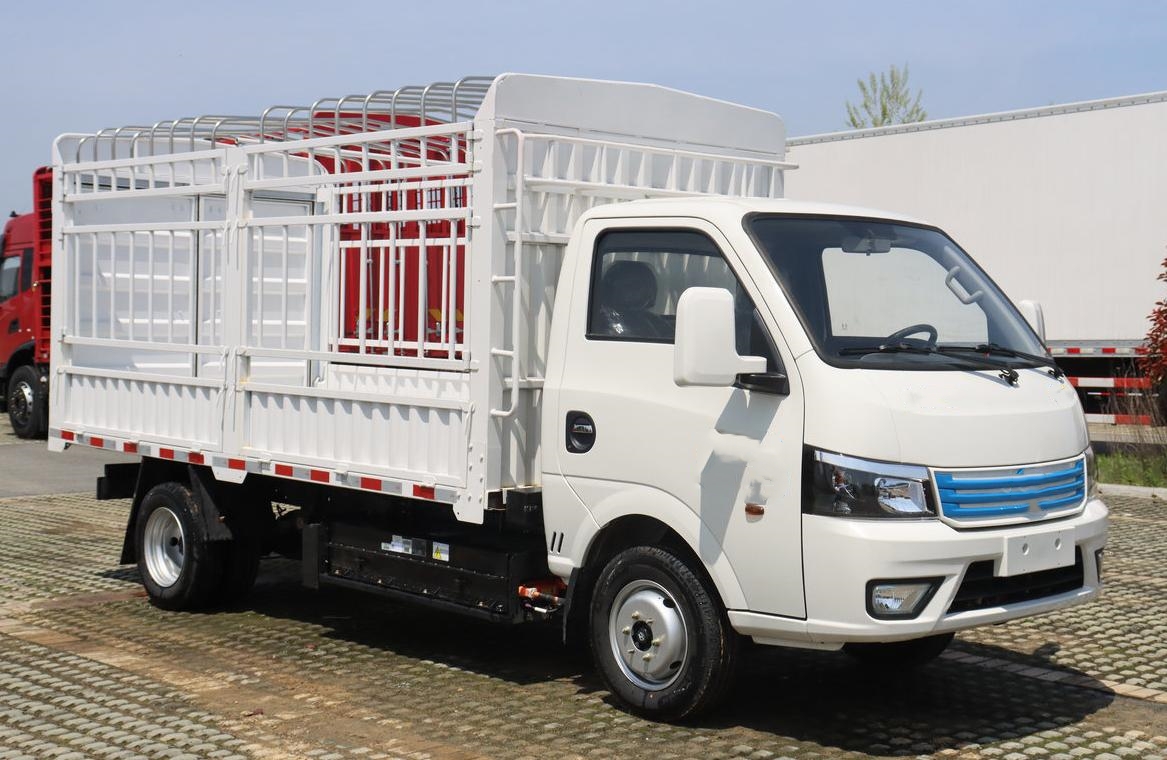വൈദ്യുത ട്രക്ക് വാർത്ത
Why Are New Energy Electric Vehicles Sensitive to Cold?
New energy electric vehicles (EVs) are becoming increasingly popular due to their environmental benefits and advanced technologies. എങ്കിലും, one common concern among potential users is the performance of electric vehicles in cold weather. Electric vehicles may experience several issues when temperatures drop, which can affect their range, charging speed, മൊത്തത്തിലുള്ള പ്രവർത്തനം. This article delves into the reasons why electric vehicles are sensitive to cold and explores potential solutions to mitigate these challenges.
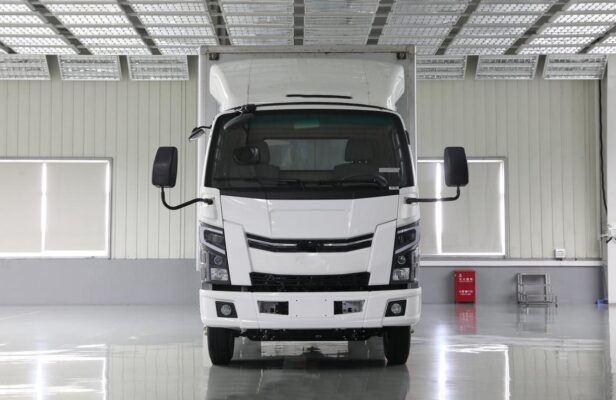
1. Impact of Cold Weather on Battery Range
Battery Performance in Low Temperatures
The primary factor contributing to reduced range in cold weather is the impact of low temperatures on battery performance. Electric vehicle batteries, typically lithium-ion, are critical for energy storage and propulsion. Their efficiency is significantly affected by temperature fluctuations. At lower temperatures, several key processes within the battery become less effective:
- Slower Chemical Reactions: The chemical reactions that occur within the battery to produce electricity slow down as temperatures drop. This decreased reaction rate reduces the overall energy output of the battery, resulting in diminished capacity.
- Decreased Electrolyte Conductivity: Cold temperatures lead to reduced conductivity of the battery’s electrolyte. This decreased conductivity means that ions cannot move as freely within the battery, impairing its ability to generate and deliver power.
- Lower Output Voltage: As temperatures fall, the output voltage of the battery may also decrease. A lower voltage can lead to a reduced ability to deliver power effectively, affecting the vehicle’s overall performance and range.
Due to these factors, electric vehicles may experience a noticeable reduction in driving range during cold weather, which can be concerning for users who rely on consistent performance.
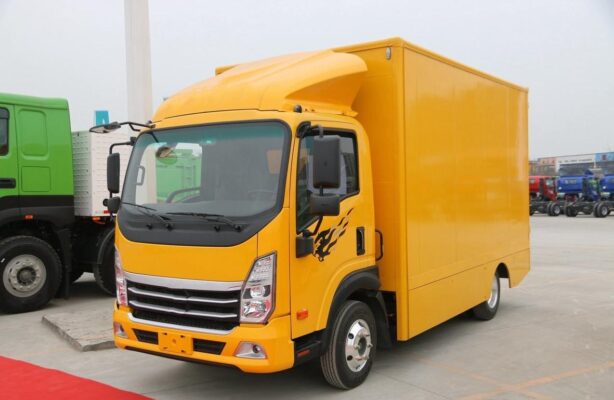
2. Slower Charging Speeds in Cold Weather
Charging Efficiency Challenges
Another significant issue associated with cold temperatures is the slowdown in charging speed for new energy electric vehicles. The efficiency of battery charging is closely tied to temperature, and several factors contribute to this challenge in cold conditions:
- Increased Internal Resistance: As temperatures drop, the internal resistance of the battery rises. Higher resistance reduces the rate at which the battery can accept a charge, leading to slower charging speeds.
- Impaired Chemical Reactions: Just as chemical reactions slow down during discharge, they also become less efficient during charging at low temperatures. This slowdown affects how quickly energy can be transferred to the battery, resulting in longer charging times.
- Temperature Management Needs: In extremely cold weather, the charging process may also require additional energy to heat the battery to optimal temperatures. This can further extend charging times as the system prioritizes ensuring safe and effective charging.
Due to these factors, electric vehicle owners may find that charging their vehicles takes longer during colder months, which can be an inconvenience.
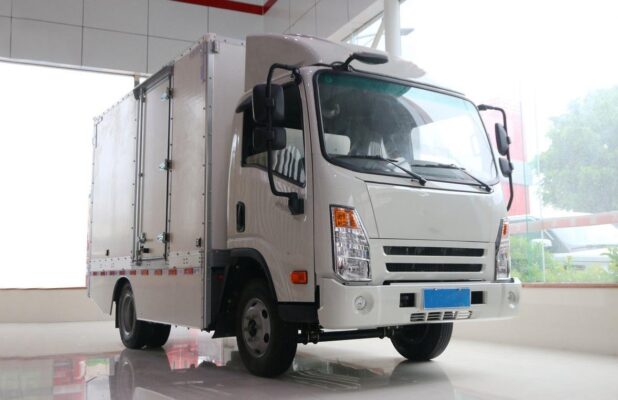
3. Starting Difficulties in Cold Weather
Discharge Capability Limitations
Starting an electric vehicle in cold weather can pose challenges, primarily due to limitations in the battery’s discharge capability. Several factors contribute to this issue:
- Reduced Discharge Capacity: As temperatures drop, the battery’s ability to discharge energy is compromised. This reduction in capacity means that more energy is required to start the vehicle, which can be problematic in very low temperatures.
- Increased Internal Resistance: The increased internal resistance at lower temperatures can lead to a decrease in the starting current available from the battery. This diminished current may make it difficult for the vehicle’s systems to engage, leading to starting difficulties.
- Higher Energy Demands: Cold weather can also increase the energy demands on the vehicle during startup. For instance, systems such as heating and defrosting require additional energy, further straining the battery during cold starts.
These factors combined can lead to situations where the vehicle struggles to start in cold weather, which can be frustrating for users.
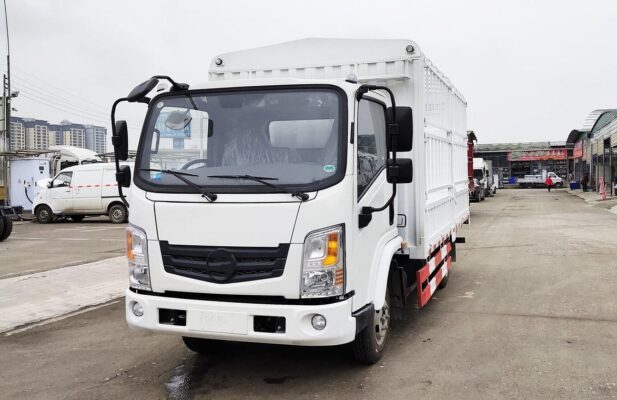
4. Solutions for Cold Weather Performance Issues
Recognizing the impact of cold weather on electric vehicle performance, manufacturers have implemented several design improvements and technological advancements to mitigate these issues. Some notable solutions include:
Battery Heating Systems
Many modern electric vehicles are equipped with battery heating systems designed to maintain optimal battery temperatures. These systems can preheat the battery before driving or charging, enhancing its efficiency and performance in cold weather. By ensuring that the battery operates within a suitable temperature range, these systems can help minimize the effects of low temperatures.
Auxiliary Heating Systems
In addition to battery heating, many electric vehicles feature auxiliary heating systems to warm the vehicle’s interior before driving. These systems can draw energy from the battery to heat the cabin, ensuring passenger comfort and reducing the load on the battery during cold starts. By preconditioning the vehicle, users can enhance performance and efficiency while improving overall comfort.
Improved Insulation and Thermal Management
Manufacturers are also focusing on enhancing the thermal management systems of electric vehicles. Improved insulation can help retain heat within the battery and cabin, reducing the energy required for heating. Effective thermal management ensures that critical components remain within optimal temperature ranges, mitigating the impact of cold weather.
Advanced Battery Chemistry
Research and development efforts continue to focus on advanced battery chemistries that can perform better in cold temperatures. Innovations in battery technology may lead to materials that maintain higher efficiency and output even in suboptimal conditions, improving the overall resilience of electric vehicles.
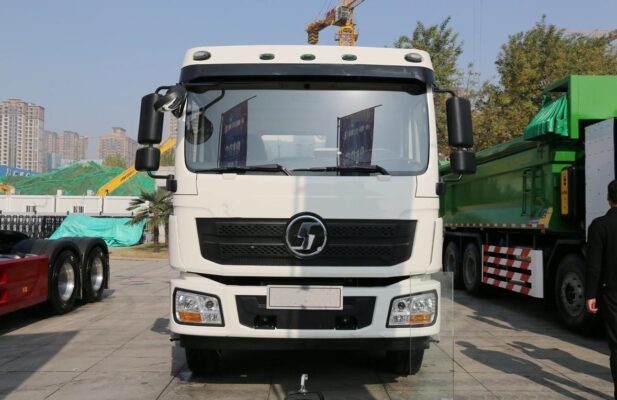
5. The Future of Electric Vehicle Performance in Cold Weather
As the electric vehicle market evolves, addressing the challenges posed by cold weather will remain a priority for manufacturers and researchers. Ongoing advancements in battery technology, thermal management, and vehicle design are expected to result in improved performance and efficiency in low-temperature environments.
Moreover, as electric vehicle adoption increases and charging infrastructure expands, solutions to cold-weather performance issues will become increasingly important. Continuous innovation in technology and materials will play a critical role in enhancing the usability of electric vehicles in diverse climates.

Conclusion
In summary, new energy electric vehicles are sensitive to cold due to the temperature-dependent performance of their batteries. Cold weather can lead to reduced driving range, slower charging speeds, and starting difficulties. എങ്കിലും, manufacturers are actively addressing these issues through various technological solutions, such as battery heating systems, auxiliary heating, and improved insulation. With ongoing advancements, it is anticipated that the performance of electric vehicles in cold environments will continue to improve, making them a more viable option for consumers in all climates.
